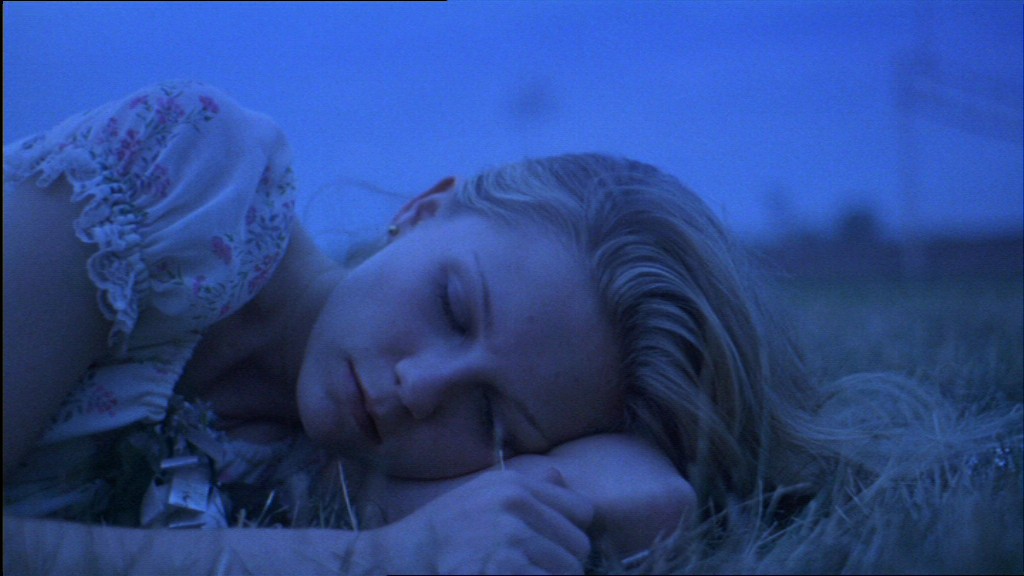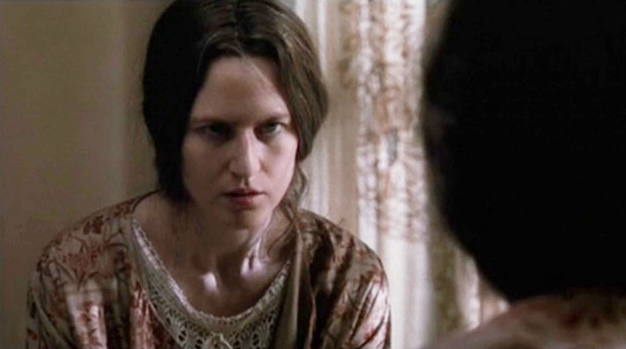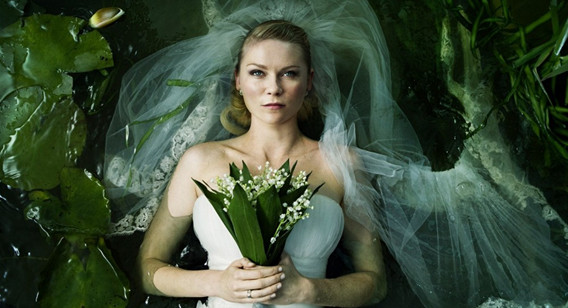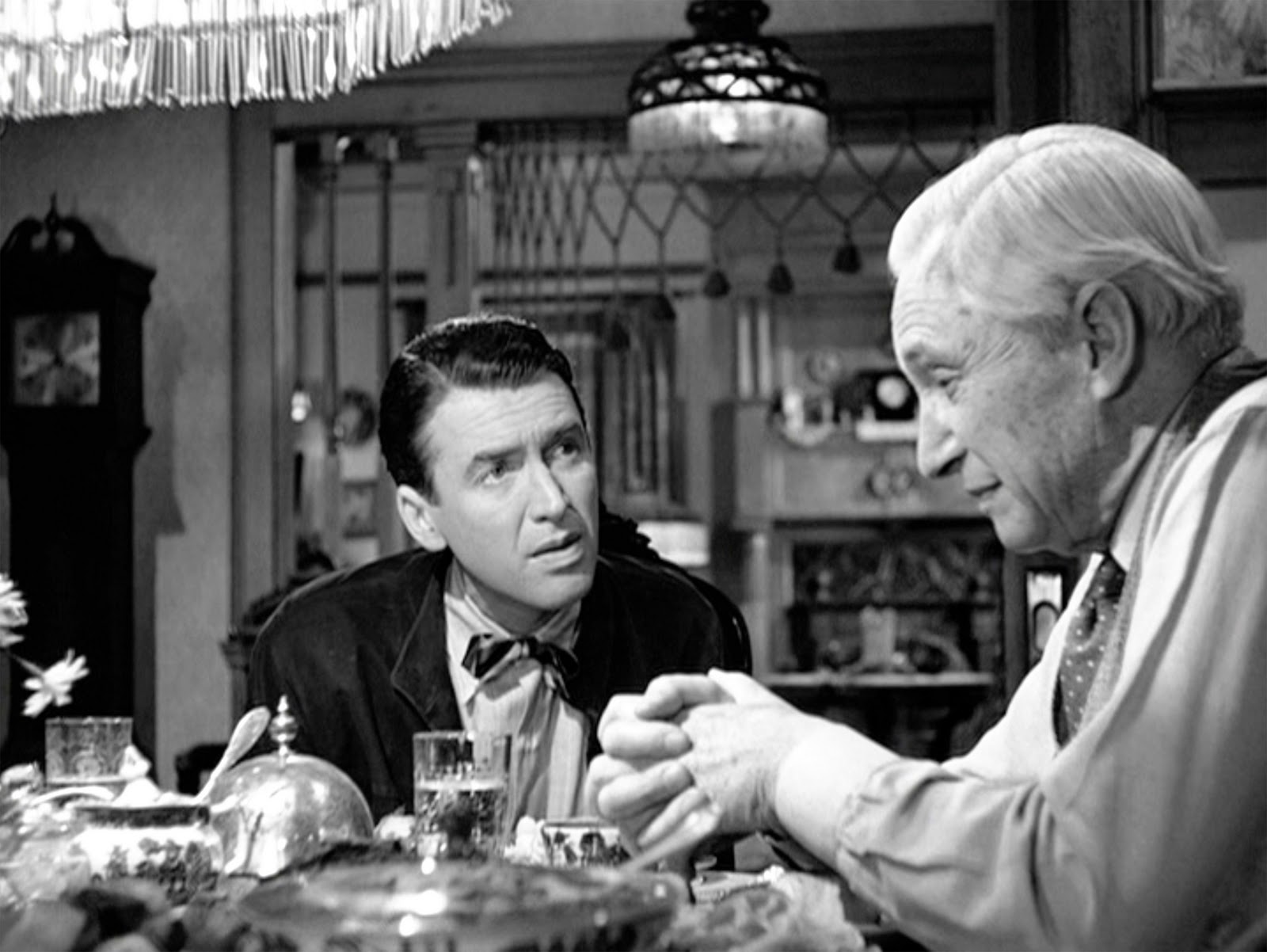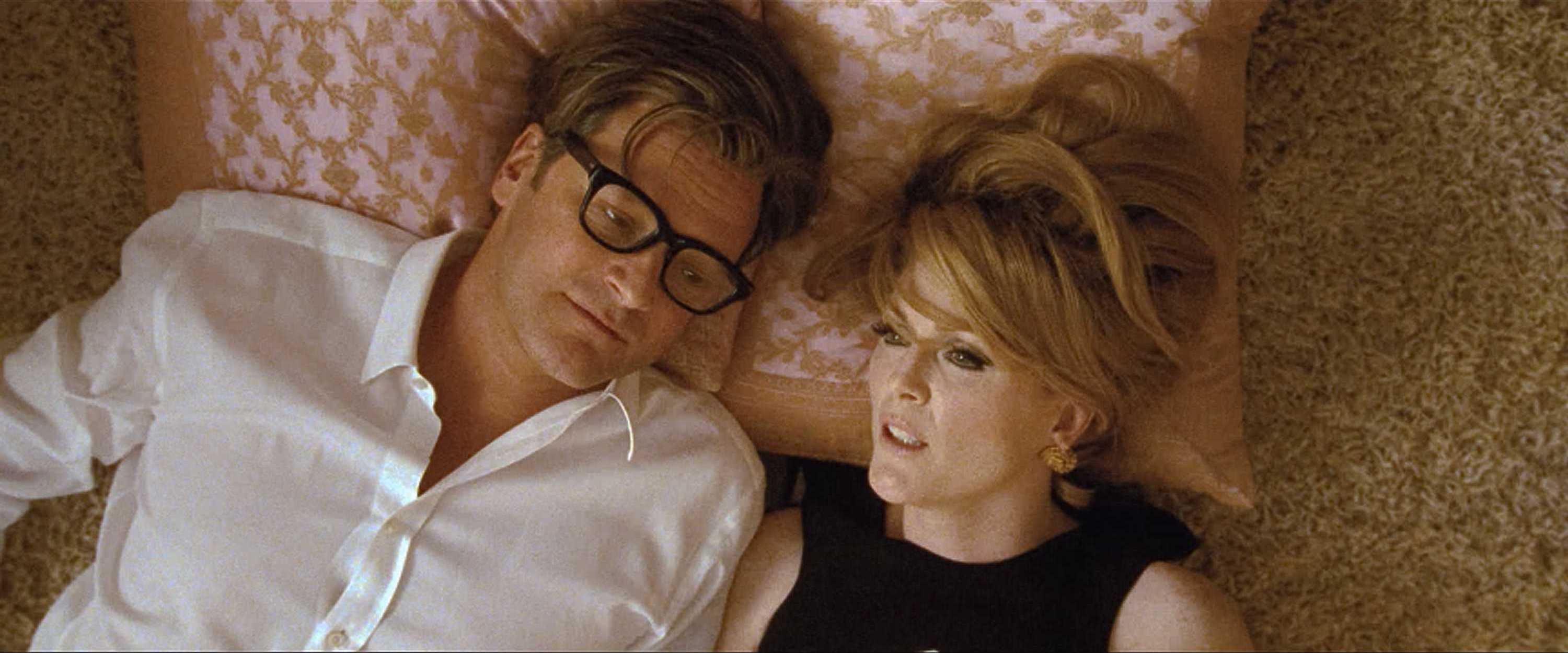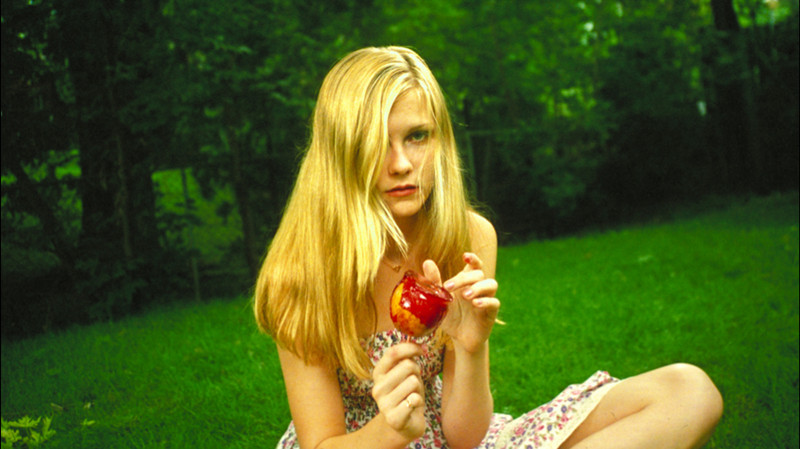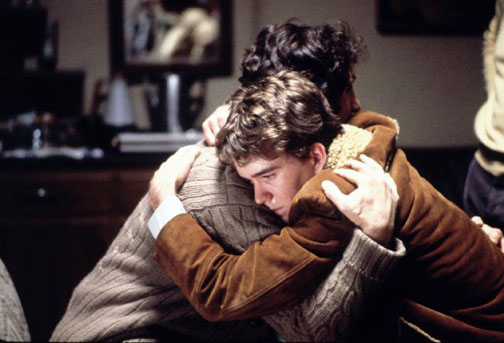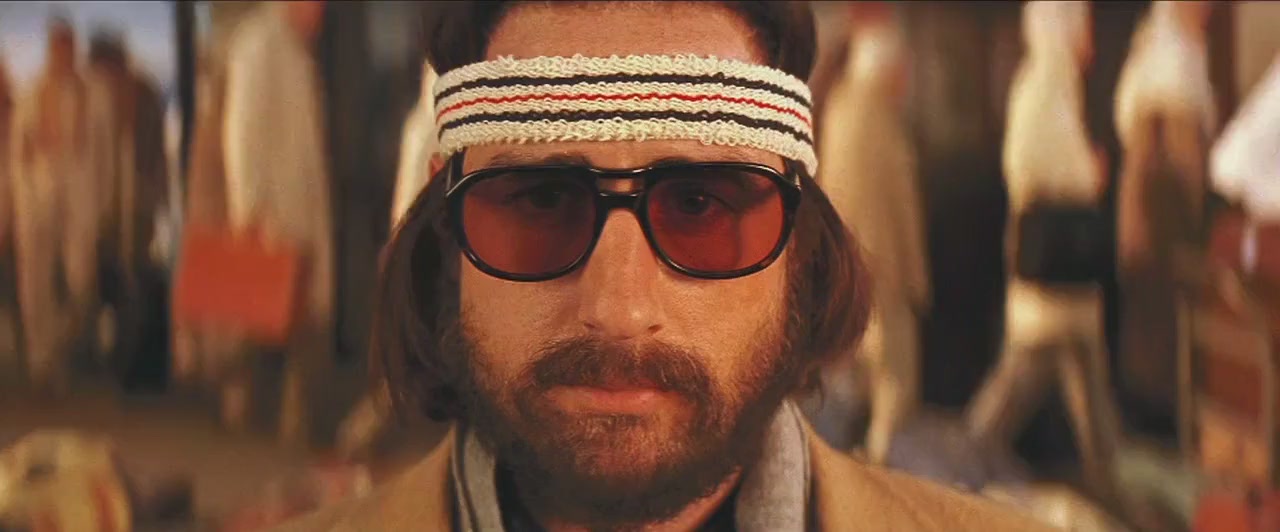Even though once considered taboo, depression is a common theme in cinema and so is a central subject in many great films. This list narrows the huge spectrum of unhappiness by limiting it to endogenous depression and that caused by traumatic experiences, bad relationships, or anxiety.
The list intentionally does not include depression that is due to addiction or disability (so no “My Left Foot” or “Nymphomaniac” etc.) or depression caused by another mental illness like bipolar disorder, obsessive compulsive disorder, schizophrenia – unless it is dually diagnosed or misdiagnosed (like “An Angel At My Table” or “Numb”) since these can have their own lists.
Most protagonists are writers, wannabe writers or other kinds of artists. The films are not necessarily depressing themselves and can offer some resolution. Sometimes even taking a comedic outlook on topics like suicide and self-harm as shown in “Little Miss Sunshine”, “It’s a Kind Of A Funny Story” and “The Skeleton Twins”. However, most of the films are mostly concerned with realism and characters rather than dramatic stories that serve as justification for depression.
1. The Hours (2002)
Stephen Daldry’s Academy Award nominated adaptation of the Pulitzer Prize-winning novel of the same name focuses on three depressed women from different eras during a single day.
Alternating between writer Virginia Woolf (Nicole Kidman in her Oscar winning role) in 1923 (and in the introduction 1941), housewife Laura Brown (Julianne Moore) in 1951 and the modern, independent New Yorker Clarissa Vaughan (Meryl Streep) in 2001, the three protagonists are interlinked by Woolf’s novel “Mrs. Dollaway”.
While Virginia writes it in her sections, Laura reads it and is influenced by it in hers and Clarissa seems to be the embodiment of the novel’s character herself, as highlighted when her best friend and former lover Richard (Ed Harris), a poet living with AIDS, frequently calls her “Mrs. Dollaway”, especially when she is busy planning a party for him when he receives a major literary award.
The three interrelated stories are incredibly balanced and bring out each protagonist’s depression in both clear and understated ways. Each woman, despite being genuinely cared for, breaks down and tries her best to put herself back together. Stressed by a Philip Glass score and an ensemble cast including Toni Colette, Claire Danes, Alison Janney, Jeff Daniels, Stephen Dillane and Miranda Richardson, the film is hardly a traditional view of mental illness and depression but remains an original interpretation.
2. Melancholia (2011)
Lars von Trier’s art film is set against a backdrop of uncertainty, anxiety and impending destruction as a rogue planet gas giant, called Melancholia, is approaching the Earth and may or may not collide with it. Divided into parts or chapters (like most of von Trier’s films) the first half is dedicated to the depressed and unstable Justine (Kristen Dunst) on her wedding day, while the remainder is from her sister Claire’s (Charlotte Gainsbourg) perspective shortly after the event.
The second film in von Trier’s unofficially titled “Depression Trilogy” (all starring Gainsbourg), is inspired by his own depression and his observation that depressed people, often apathetic and lethargic, can remain calm even in disastrous situations, like an apocalypse.
As the planet draws closer, Claire becomes increasingly anxious and afraid and so does her husband John (Kiefer Sutherland) although he pretends to be certain that it will be a fly-by in front of his family. Justine, however, becomes peaceful as the promise of destruction seems to mute the voices in her head.
Kristen Dunst realistically portrays Justine’s sudden depressive episode during her wedding which is triggered by her parents’ (John Hurt, Charlotte Rampling) disappointment with her for marrying Michael (Alexander Skarsgård) as well as her boss’s/father-in-law’s (Stellan Skarsgård) constant harassment concerning her work. Dunst is set apart from her previous roles through her bold disinhibition and catatonic behavior.
3. It’s A Wonderful Life (1946)
Frank Capra’s American Christmas classic stars James Stewart as the iconic George Bailey, a selfless man who has sacrificed all his dreams so as to help others in need. However, his long list of altruistic deeds just prolong his quest for happiness, leaving him depressed and suicidal.
Portrayed through a series of flashbacks, the film opens with the beginning of the third act showing George about to jump off a bridge. George’s prayers reach Heaven, and an angel Clarence Odbody is assigned to save him. In order to do so, Clarence sees George’s entire life (with the audience) before meeting him.
Through these memories, we learn that even in his childhood he did his best to help others like saving his younger brother’s life, costing him his hearing in one ear. He gives up his dream of travelling around the world to work at his family business, the Bailey Brothers’ Building and Loan when his father dies. When economic difficulties strike and money problems become a bigger problem, George become responsible for the entire town and cannot handle the pressure and the risk of failure.
Realising that with a life insurance policy, he is worth more to the community dead than alive, he drunkenly wanders to the bridge back to the beginning, where the angel shows him a parallel world of what things would be like if he was never in it.
4. A Single Man (2009)
Set across one day in 1962 in Southern California, George Falconer (Colin Firth in his Oscar nominated role) is a depressed, gay English university professor who is planning on this particular day being his last one.
With Firth’s patient voice-over and a couple of flashbacks, it is revealed that his partner Jim (Matthew Goode) of 16 years had died in a car accident eight months beforehand, explaining his enduring grief, pain and loneliness.
In the fashion designer turned director Tom Ford’s debut, the color palette and production design (Dan Bishop) is fundamentally basic to the film. The editorial application of color and extremely tight close-ups of facial features depends on beauty and human connection.
When he sees and converses with his handsome student Kenny (Nicholas Hoult), the color becomes overly saturated, especially when contrasted with the dull monochromatic tone of the screen when George is by himself. Besides the narrative and the cinematography, the Abel Korzeniowski score finds rare beauty in the ordinary daily events of George’s life since each will be happening for the last time.
5. The Virgin Suicides (1999)
Sofia Coppola’s debut film based on the novel of the same name centres around the five blonde, beautiful and young Lisbon sisters (Leslie Hayman, A.J Cook, Chelse Swain, Kirsten Dunst and Hanna R. Hall) from the perspective of a group of infatuated neighborhood boys (including Jonathon Tucker and Robert Schwartzman – Coppola’s cousin).
Set in the suburbs during the 1970s, it is narrated by Giovanni Ribisi who portrays the adult version of one of these boys. He acknowledges the facts and theories he and his friends have created that could possible explain the enigmatic events that surrounded these sisters, and how they had a profound influence over the rest of their lives.
Opening with the youngest 13-year-old sister attempting to kill herself, the dark tone is immediately set with the help of an original score composed by Air and the decaying setting of trees dying along with the protagonists. The girls’ overprotective and severely strict parents (James Wood, Kathleen Turner) ironically make their children more depressed by isolating them not only from boys but also from school.
Their desperation is only relieved through outlets such as communicating with their admirers through Morse code, playing songs over the telephone and throwing out notes through their windows in hope that they would find them. However, their means of liberation from seclusion and loneliness become more dangerous as the film progresses.
6. Ordinary People (1980)
Robert Redford’s Oscar winning directorial debut deals with the aftermath of the death of one of the teenage sons of a respectable upper-middle class family. The remaining younger son, Conrad, (Timothy Hutton) who was with his brother when he died during a sailing accident, becomes severely depressed from both his grief and his survivor’s guilt – so much so that he attempts to kill himself and ends up staying in a psychiatric hospital for four months.
The film’s timeline begins when Conrad returns home and feels estranged from his parents (Donald Sutherland, Mary Tyler Moore), his friends, and his past interests. He starts seeing a psychiatrist, Dr. Berger (Judd Hirsch) whose unconventional methods try to make him deal with emotions.
While his father tries to reconnect with his son and help try re-establish a new norm for the family, his mother denies the loss of her favorite child and continues to ignore all upsetting news, including Conrad’s suicide attempt.
7. The Royal Tenenbaums (2001)
This depressive dark comedy is Wes Anderson’s third feature film which earned him and his frequent co-writer Owen Wilson an Oscar nomination for their screenplay. Highlighted by an ensemble cast, the head of this dysfunctional family is Royal Tenenbaum (Gene Hackman in his Golden Globe winning role) whose favoritism, insensitivity and narcissism leads him to be the central antagonist of his family.
Hated by his wife Ethaline (Angelica Huston) and all of his once-genius children, he attempts to reconnect after 22 years – for completely selfish reasons since he has been kicked out of the hotel where he has been living and has learnt that Ethaline has become engaged to her co-worker (Donald Glover). However, once Ethaline refuses to speak to him, he claims to have stomach cancer so as to be accepted back into her and his children’s lives.
The three adult children now deal with depression individually. Especially when compared to their successful childhood where they were all prodigies, their lives have become empty and un-extraordinary. Chas Tenenbaum (Ben Stiller) is the math and business genius who bred Dalmatian mice and sued his father and had him disbarred after Royal stole from him when he was 14.
Although still professionally successful, his life plateaued after his wife died in a plane crash. This subsequently made him obsessive and extremely overprotective about the safety of his two sons.
His sister, the award-winning playwright Margot (Gwyneth Paltrow) is shown as always having been sulky and sad , despite her early critical success. She was adopted and is always referred to as such by Royal, being made to feel that she is not actually part of their family. Incredibly secretive, she hides her true self from everyone she knows, including her neurologist husband (Bill Murray).
The last child in the Tenenbaum clan is Richie (Luke Wilson), a tennis prodigy and amateur artist (who only draws pictures of Margot). His successful tennis career fails after he suffers a major nervous breakdown. He isolates himself by travelling around the world on a ship for many months, only keeping in touch with his childhood friend (who always wanted to be part of their dysfunctional family) Eli Cash (Owen Wilson).
